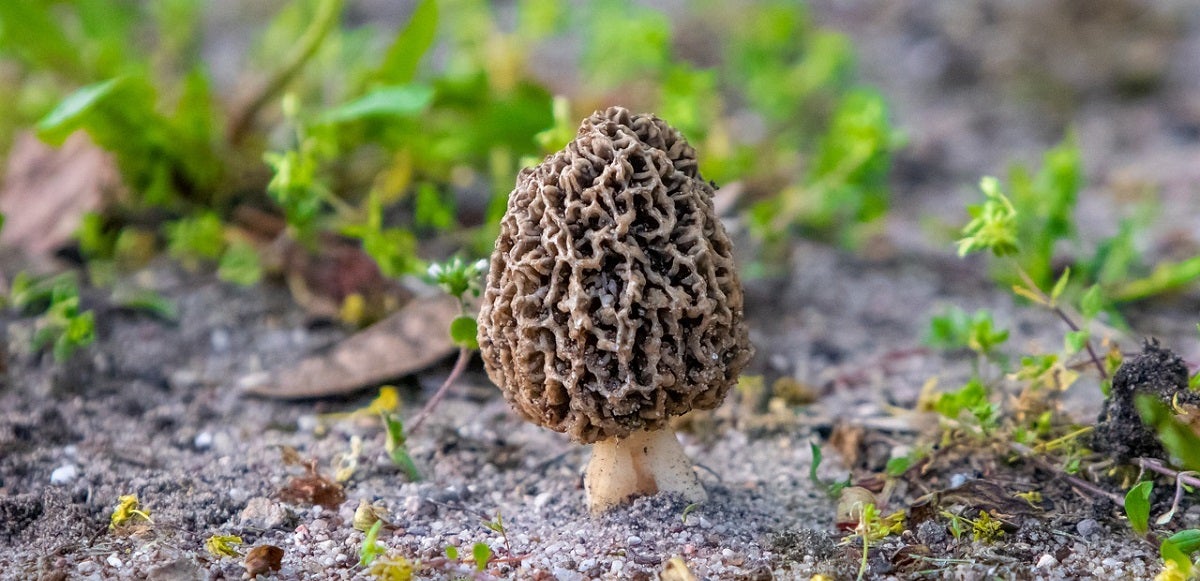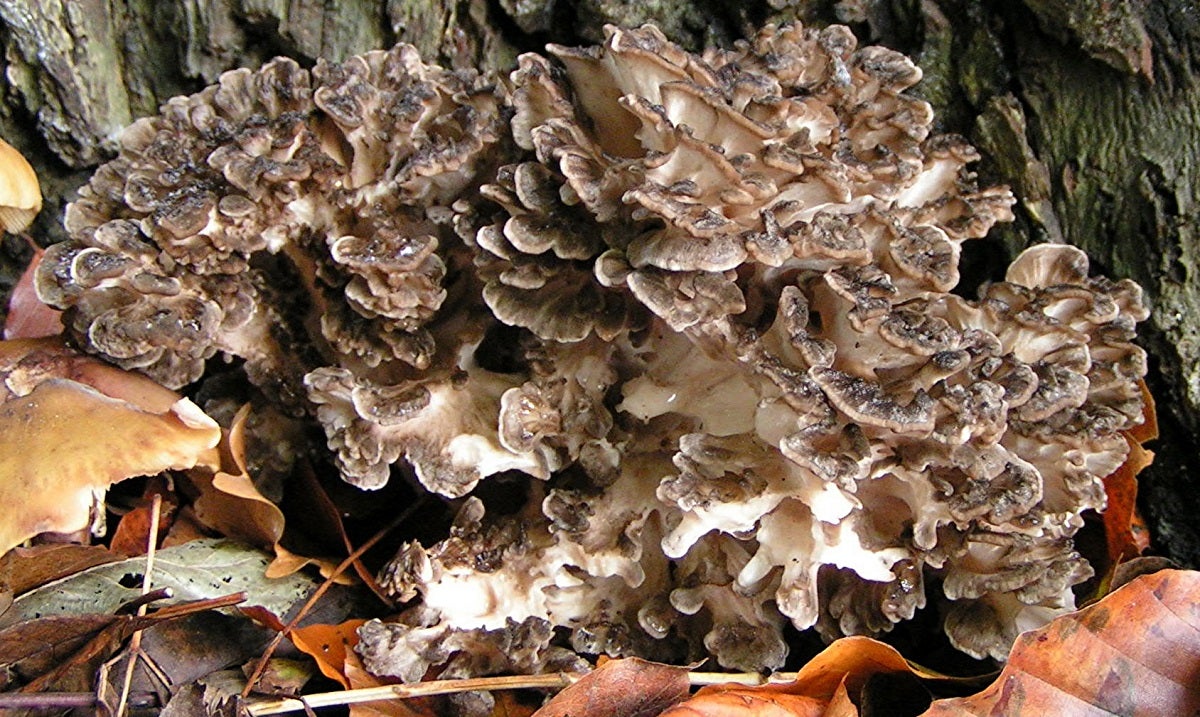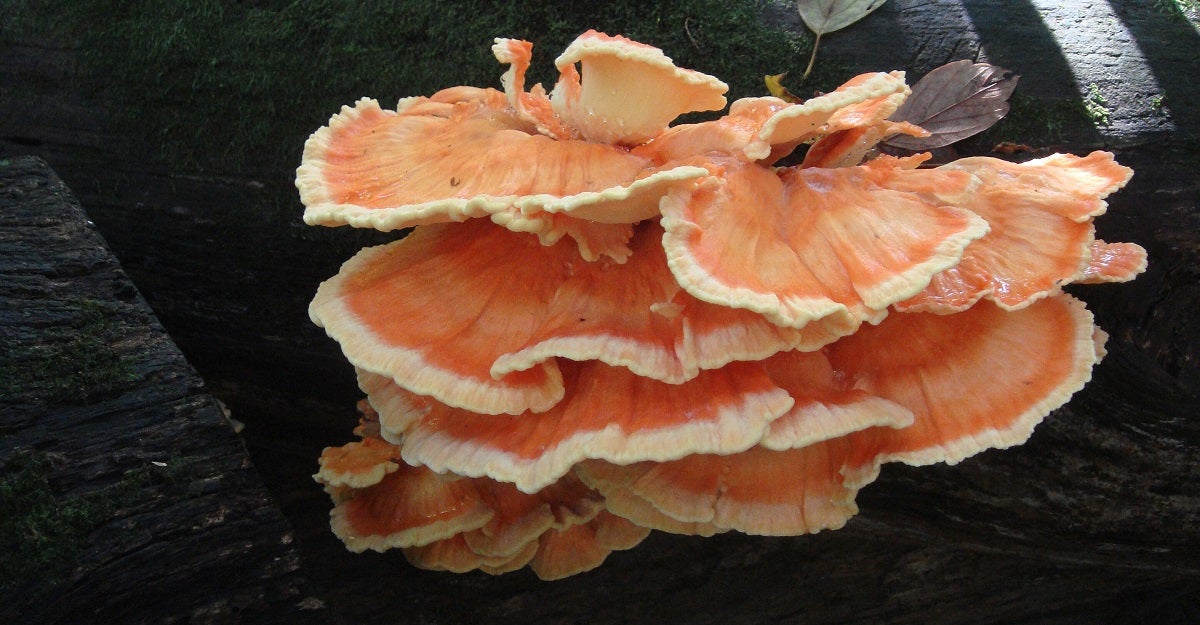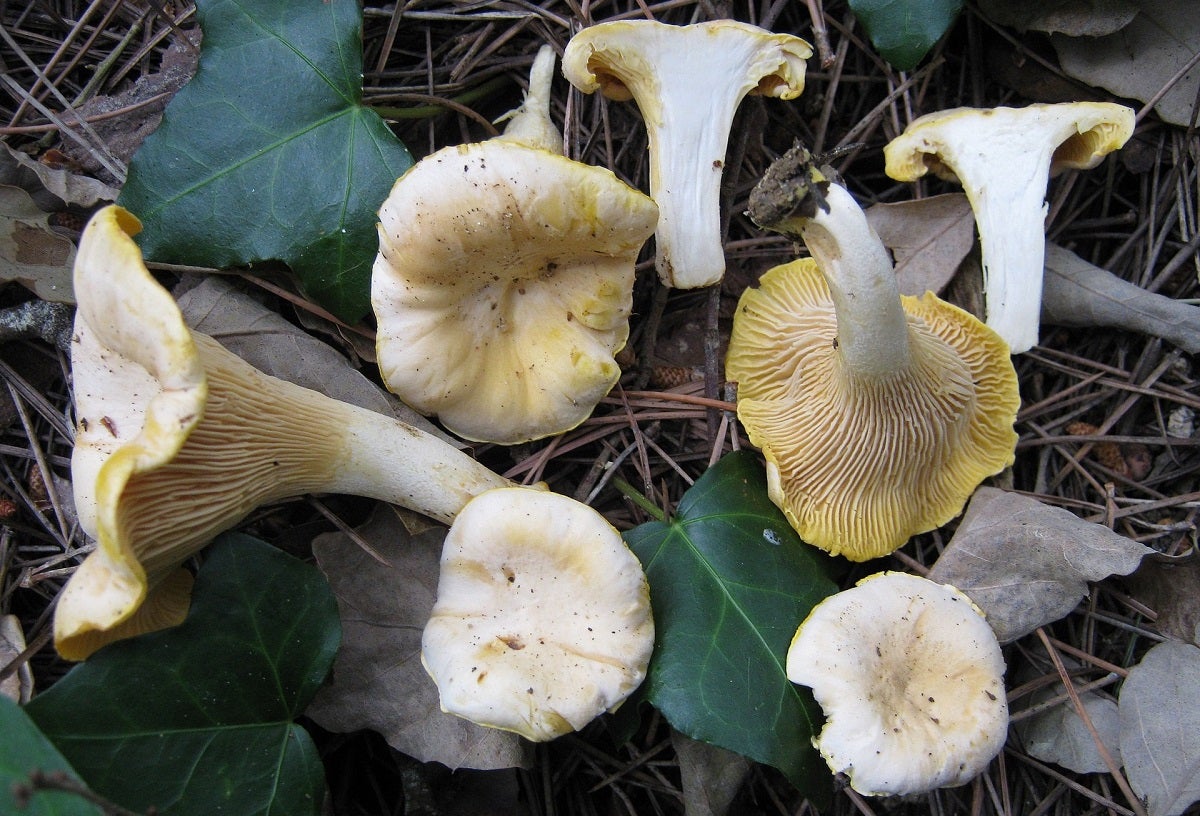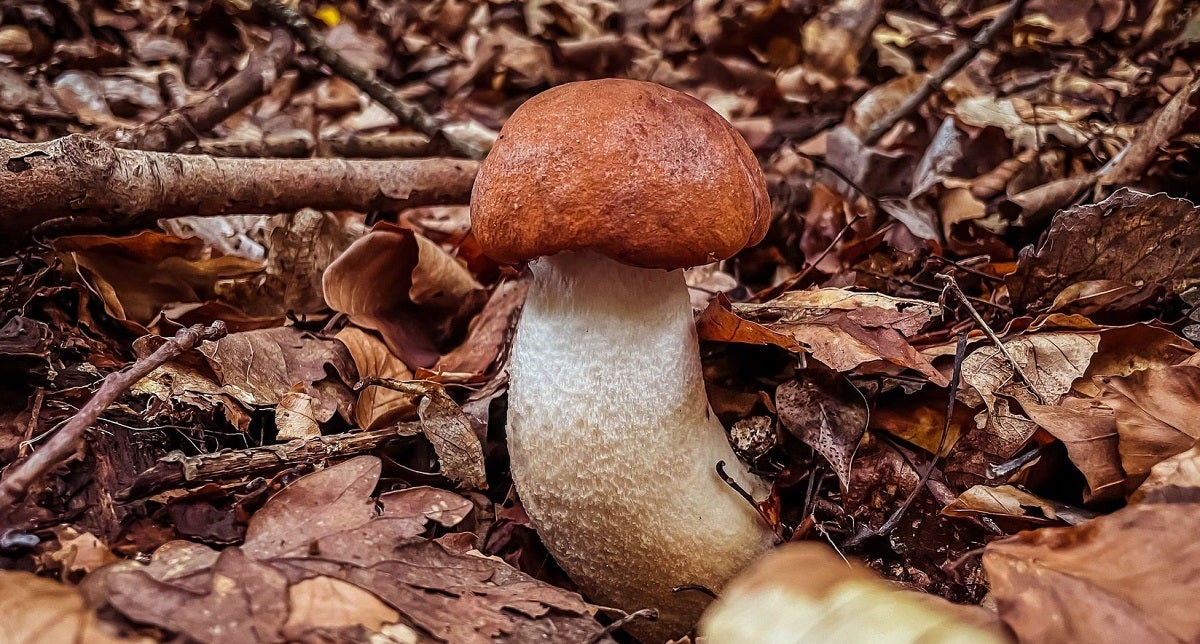“Can I Eat It?” Part 2: Common Edible Wild Mushrooms
Travis Olander 12.07.23
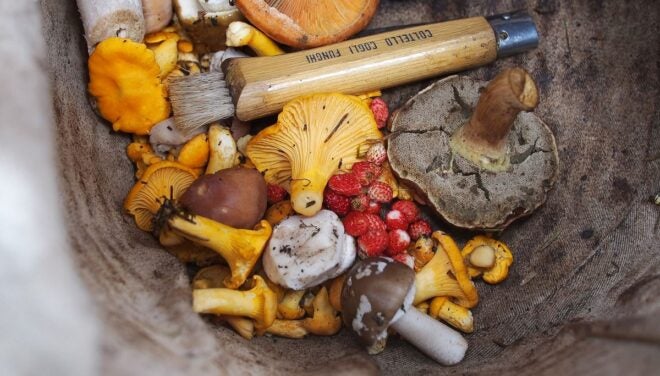
We previously covered some of the most common edible plants you’ll find in the wilderness, and how to identify them. But raw flora isn’t always dense with nutrition. That means you have to eat quite a bit of the stuff to get meaningful calories out of it – and no one wants to scarf down dozens of dandelions to stave off hunger if they’re lost. So, today let’s go through all of the common edible wild mushrooms that could curb your appetite while others might send you to the ER!
Food Coverage on AllOutdoor
- “Can I Eat It?” – Common Edible Plants & How to Identify Them
- Cook your Catch – Delicious Spanish Mackerel Ceviche
- Cook your Catch – Vietnamese Ladyfish Cakes – Chả Cá
- From the Depths to a Dinner Plate in 5 Hours – Western New York Walleye
Common Edible Wild Mushrooms
Mushrooms, however, are super foods. They’re packed with protein and other nutrients and, like common North American flora, edible fungi can be found aplenty if you know where (and when) to look. But plenty more mushrooms are poisonous, some even fatal with a simple nibble. Before we begin, we caution you: do not ever eat any mushroom you can’t positively identify, beyond doubt, as safe to eat yourself. Let’s start simple, with the common four mushrooms that are both tasty and nutritious, and incredibly easy to identify.
Morel Mushrooms (Morchella sp.)
The ripply, wrinkly, cone-shaped Morel (also called Morchella) contains plenty of vitamins and nutrients, and is particularly packed full of calcium, iron, potassium, and natural sugars. Wild Morels can provide a crucial energy boost, and their distinctive shape and color makes them easy to spot. Morels are commonly found near the bases and roots of hardwood trees, especially Oaks, Elms, Ashes, and Aspen trees. They grow nearly everywhere throughout the continental U.S., with higher concentrations in the Midwest, Northeast, and Mid-South. Morels like to pop up frequently among rotting and dying hardwoods, with sprouts occurring between early April and mid-May.
Caution, though: False Morels, which are typically red, dark orange, and maroon, are responsible for over a fifth of all deaths occurring from mushroom ingestion. These poisonous imposters grow in similar woodlands and appear similar in size and shape. False Morels tend to be more squat, and rounded, though, so keep an eye out for the real Morel’s tall, conical head and dark brown folds.
Hen-of-The-Wood Mushroom (Grifola Frondosa)
This broad, low-growing fungi might be mistaken as a cluster of pine cones. It, like the Morel, grows near old Oak and Maple trees, often sprouting at the immediate base, above the roots. Indigenous throughout North America, the Hen-of-The-Wood mushroom can be found sprouting in late summer to early fall, with higher concentrations in the Northeast. Grifola Frondosa boasts one of the largest fruiting bodies of all fungi – up to 40 inches in diameter and weighing up to 50 pounds – providing loads of raw nutrients.
One cup of the stuff provides about 22 calories, with high concentrations of B vitamins, vitamin D, potassium, fiber, and natural sugar. Over 70% of this fungus is pure carbohydrate, making it a true super food that can provide plenty of energy when you’re running low on civilized foodstuffs. Caution: healthy Hen-of-The-Wood will appear tan or light brown, with dark brown caps. Older specimens that are orange or red are typically too old to eat, as they’re often contaminated with bacteria and mold.
Hen-of-The-Wood is unique in appearance, with no close mimics that pose any danger. That makes this fungus a great choice for those just starting out on the mushroom hunt – or those wayward hikers who’ve been lost for a few days.
Chicken of The Wood Mushroom (Laetiporus)
This vibrant orange, tree-hugging fungus gets its name from its uncanny, strangely accurate texture: It really does taste – or at least feel – like chicken meat. Laetiporus grows almost exclusively along the low trunks of hardwood trees, particularly where a trunk may have suffered damage and lost bark. The Chicken-of-the-Wood mushroom forms overlapping shelves of broad, rippled heads. Mature specimens’ shelves sport an orange center tinged with a creamy or canary colored rim. Younger growths may appear with a sulfur-like or yellow tint.
Caution: Although commonly consumed and even frequently used as a chicken meat substitute (yes, really), Laetiporus can cause allergic reactions in some people. Symptoms may include scratchy, puffy lips and nausea. Even if you positively identify this fungus and want to partake, it’s best to do a taste test: Press some to your lips, wait at least 15 minutes to observe any reactions, then place some in the mouth without chewing or swallowing. Wait another 15 minutes to confirm you don’t experience any adverse reactions, then cautiously proceed with eating a small portion to see how it sits in your stomach.
If all is well, you’ll be treated to a nutrient-packed trailside (or “SHTF”) snack. Chicken-of-The-Wood mushroom is dense in calories and complex carbs, providing 360 KCALs in a 100-gram serving. It’s also loaded with protein (21g), potassium (150g), Vitamin C, and vitamin A – 10% and 5% of your daily recommended intake per 100g, respectively.
Chanterelle Mushroom (Cantharellus)
One of the most popular edible wild mushrooms, the yellow- or cream-colored, trumpet-headed Chanterelle is easy to find throughout North America from spring to fall. Chanterelles grow in old forests and are usually found at the bases of Maple, Beech, Poplar, Birch, Pine, Fir, and Oak trees. They tend to grow in brightly colored clusters and favor moist soil near lowlands and waterways.
Caution: chanterelles are shaped like the poisonous Jack-O-Lantern mushroom. An important distinction is color: Jack-O-Lanterns are (you guessed it) pumpkin colored, with deep orange hues. Chanterelles always display yellow, cream, or off-white growths. One cup of Chanterelle mushrooms provides 17 KCALs of energy, with 1g of protein, 4 grams of carbs, 2 grams of fiber, and high amounts of vitamin D, iron, manganese, and vitamins B3 and B2.
Bolete Mushrooms (Boletus sp.)
The Bolete Mushroom is technically a family of over 300 fungi, and nearly all of them are edible. The Boletes are unmistakable: They’re, well, the most “mushroom”-looking mushrooms you can happen upon. They sprout broad white and off-white stalks with broad, dome- or bowl-shaped heads that are smooth and tan or brown. Like our other edible fungi, Boletes grow in old hardwood forests, favoring the roots and bases of Pine, Spruce, Hemlock, Fir, Red Cedar, Aspen, and Birch trees. They sprout throughout the northern U.S. between June and August.
Caution: some species of fungi look like Boletes. A good way to ensure you have a genuine specimen is to inspect under its cap. If it has spongey pores, it’s a Bolete. If it has gills, it’s no good. Bolete specimens with red dots or markings on the cap or stalk are toxic and should be avoided. Some Boletes only present toxicity when disturbed. To ensure they’re safe, cut the Bolete in half. If its flesh turns blue, it’s toxic.
Some Boletes are also only safe to eat when prepared. We recommend avoiding these mushrooms unless you’re truly in dire straits without normal foodstuffs, and it’s strongly advised you boil any specimens you find (and otherwise deem safe) to make sure they’re palatable. Speaking of boiling, you should always have a good stove handy on any overnight hike or camping trip. Check our four of our top picks for camp stoves!

